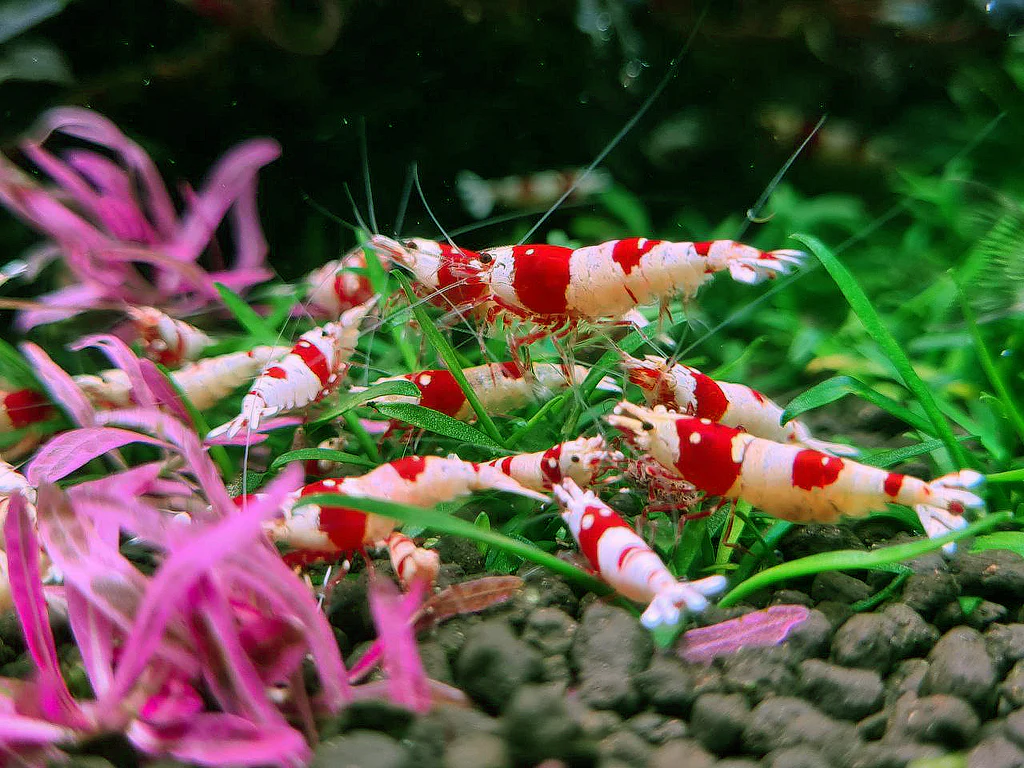
Are you excited to keep shrimp in your aquarium? With proper care and attention, shrimp can thrive and become a fascinating addition to your tank. In this post, we'll cover the essential tips for shrimp care, including acclimatization, food, feeding, water changes, tank setup, and environment.
Acclimatization: The Key to Success
Before introducing your shrimp to their new home, it's crucial to acclimate them properly. This process helps your shrimp adjust to the changes in water temperature, chemistry, and pH.
- Float the unopened bag containing your shrimp in the aquarium for 15-30 minutes to allow the water to equilibrate.
- Slowly release the shrimp into the aquarium over the course of 5-10 minutes.
- Monitor your shrimp for signs of stress or distress, such as rapid breathing or erratic swimming.
Food and Feeding
Shrimp are omnivores and require a varied diet that includes both plant and animal matter. Here are some tips for feeding your shrimp:
- Provide a mix of high-quality commercial shrimp food, as well as live or frozen foods like brine shrimp, bloodworms, and daphnia.
- Feed your shrimp 2-3 times a day, only as much as they can consume within 1-2 minutes.
- Avoid overfeeding, as this can lead to water quality issues and even death.
Water Changes
Regular water changes are essential for maintaining good water quality and preventing disease in your shrimp. Here are some tips for performing water changes:
- Perform a 10-20% water change every week.
- Use a gravel vacuum to remove debris and waste from the substrate.
- Monitor your tank's water parameters regularly, including pH, ammonia, nitrite, and nitrate levels.
Tank Setup and Environment
A well-designed tank is essential for creating a healthy and thriving environment for your shrimp. Here are some tips for setting up your tank:
- Choose a suitable tank size: Shrimp require plenty of space to move around, so choose a tank that's at least 5 gallons in size.
- Use a suitable substrate: Shrimp prefer a substrate that's easy to dig through, such as sand or mud.
- Add plenty of hiding places: Shrimp feel safe when they have plenty of hiding places to retreat to, such as plants or rocks.
- Keep the tank well-planted: Shrimp love plants and will use them as food sources.
Community Fish Compatibility
Shrimp can be kept with many community fish species, but it's essential to choose fish that are peaceful and won't harass or eat your shrimp. Here are some fish species that can be kept with shrimp:
- Harlequin rasboras
- Neon tetras
- Corydoras catfish
- Dwarf gouramis
- Zebra danios
Fish to Avoid
Some fish species are not compatible with shrimp and should be avoided:
- Loaches: These fish are known to prey on shrimp and can be aggressive.
- Aggressive fish: Fish like Betta, cichlids, angelfish, and discus can be aggressive and may harm or eat your shrimp.
Tips for a Happy Shrimp Environment
Here are some additional tips for creating a happy and thriving environment for your shrimp:
- Maintain a stable temperature between 68-78°F (20-25°C).
- Keep the tank's pH between 6.5-7.5.
- Avoid overstocking the tank: Shrimp thrive in schools, but overcrowding can lead to stress and disease.
- Provide plenty of hiding spaces: Shrimp feel safe when they have plenty of hiding places to retreat to.
By following these tips, you'll be well on your way to creating a happy and thriving environment for your shrimp. Remember to always monitor their health and adjust their care accordingly. Happy Fishkeeping!

